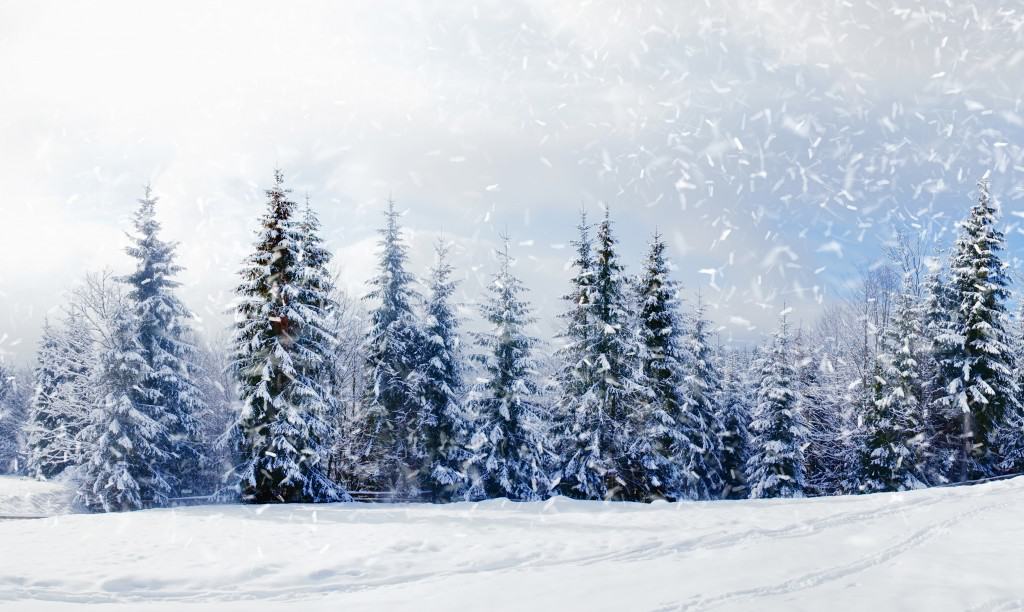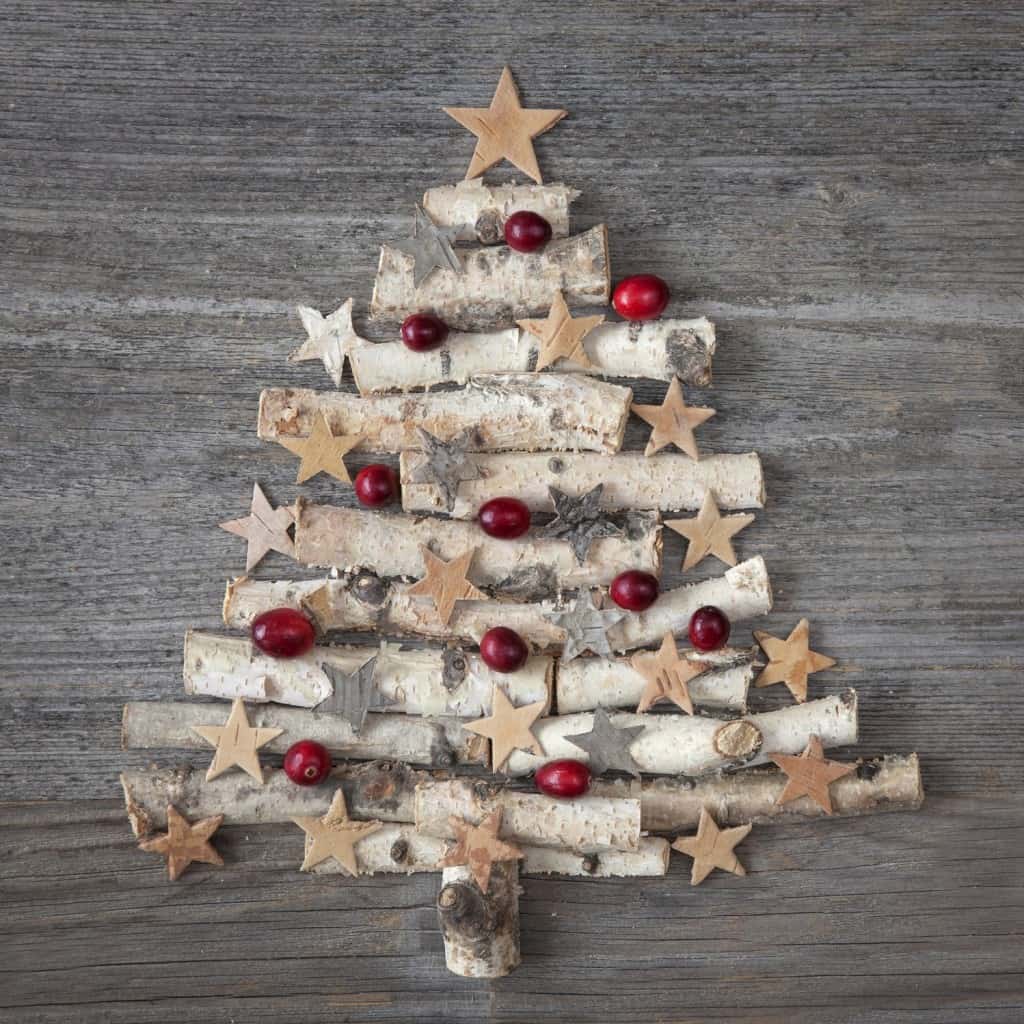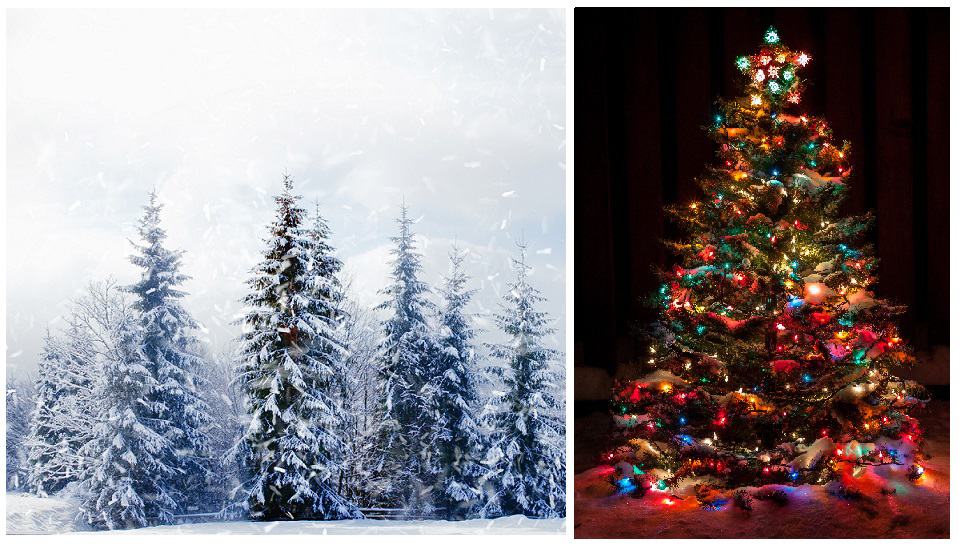
The tradition of a decorated Christmas tree goes way back to the Saint Boniface, an English missionary who lived in 8th century Germany and whose mission was to convert German pagans. At the time pagans celebrated the winter solstice and the eternal life by making sacrifices to the Odin’s sacred oak.
In a bid to replace this pagan ritual, Saint Boniface used a decorated fir tree as the means to celebrate the birth of the Christ. By the medieval times in Germany decorated evergreen trees were used in mystery plays to depict the stories from the Christ’s life. However, as these plays were heavily suppressed, people moved the trees into their homes and celebrated in privacy.
Slowly over the centuries the trend of the decorated tree spread from Germany. By the beginning of 19th century it was adopted by other European countries. In those days it was customary to decorate the trees with candles, fruits and sweet foods.
How do I choose my Christmas tree?
These days Christmas trees can be bought in shops and garden centres up and down the country. To buy the freshest tree visit a Christmas tree plantation where you can choose and cut down your own tree. If you want to be environmentally friendly, buy a potted tree that can be replanted at a later date.
Different varieties of Christmas trees
Norway Spruce – By far the most popular choice for a Christmas tree and usually the most affordable option. It has a lovely scent, however the needles will shed quickly.
Blue Spruce – An alternative to the Norway spruce with blue needles that are slower to shed.
Nordmann Fir – A more expensive alternative to the Norway spruce with luscious dark green needles that are slow to shed.
Fraser Fir – This tree has a robust shape, a lovely pine scent and needles that are slow to shed.

How can I replant my Christmas tree after the holidays?
- Take into consideration the size of your garden. Trees like the Korean Fir are suitable for smaller gardens because they only grow up to 12 meters in size. Norway Spruces on the other hand can grow up to 30 metres in size, so you might want to reconsider replanting them, unless you have a garden of substantial size.
- Keep the tree in a cool spot in your home for up to 10 days before replanting.
- After the Christmas festivities are over, let your tree adjust to the outside climate. Keep it in a shed, garage or any space with some natural light. Move it to the garden gradually.
- When choosing a spot to plant your tree pick an area that has plenty of natural sunlight as this will ensure that the tree grows evenly. Your selected area should also have very well-drained soil.
- The tree should not be planted too deeply, it is best to keep the hole about a spade lengths deep and keep the root collar at the ground level.
- After you have removed the tree from the container make sure to loosen the outside roots and remove any dead roots.
- Heel the soil around the tree firmly and use mulch to keep the area around it (up to 1 metre) weed free.
How can I grow a Christmas tree from seeds?
- Find a large planting pot and fill it with peat free compost.
- Seeds should be spread evenly across the surface and covered in horticultural grit (aim for grit that is double the size of the seeds as this ensures optimum conditions and good drainage).
- Keep your seeds well watered, sow in February and provide bottom heat in May.
- As your seedlings grow you will have to replant them for 12 months. After a year has passed they need to be planted out.
Final Tips
- If someone in the family has hayfever or any other allergies to tree pollen you might be best sticking with a false Christmas tree.
- The lower branches can often be quite sharp, so make sure you trim them if you have pets or children in the house.
- Never burn Christmas tree branches in a fireplace. Most contain flammable compounds that can be very dangerous.
- A Christmas tree can drink up to a pint of water a day, so make sure you keep it topped up.

